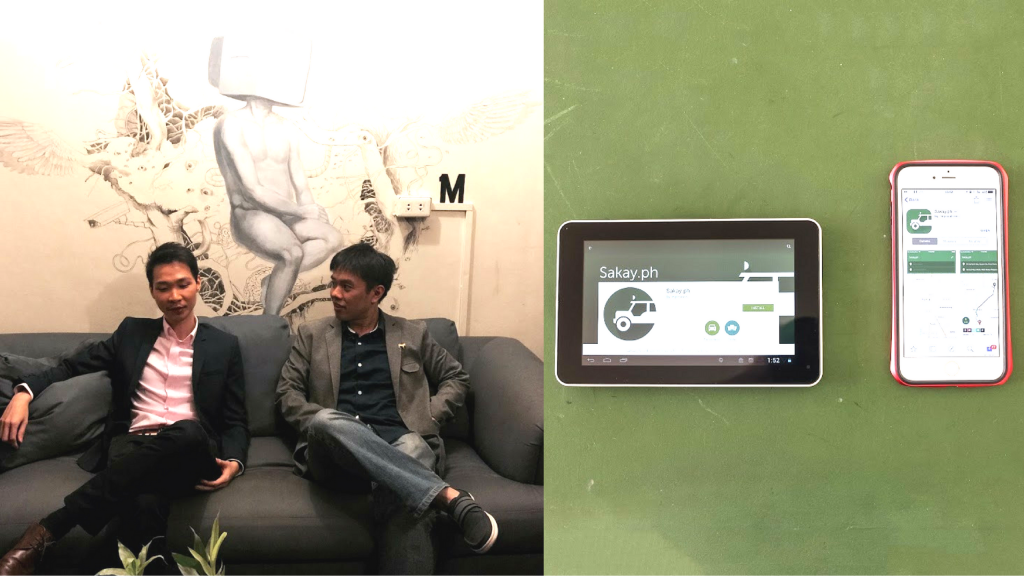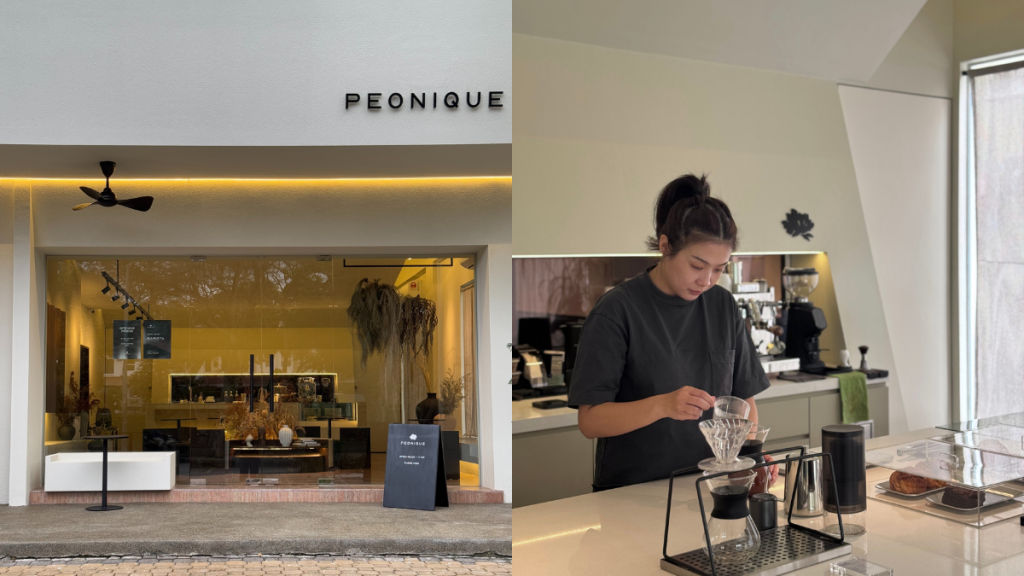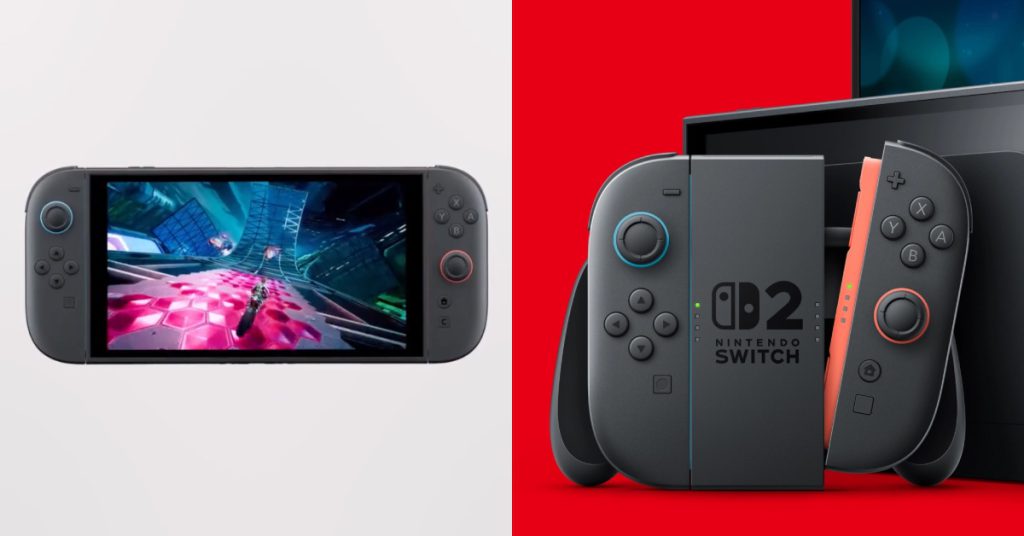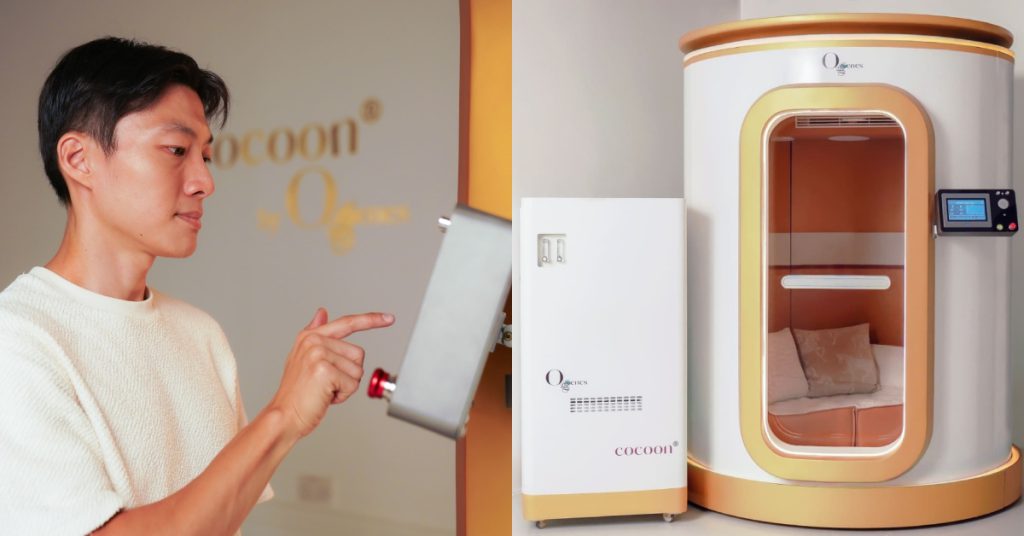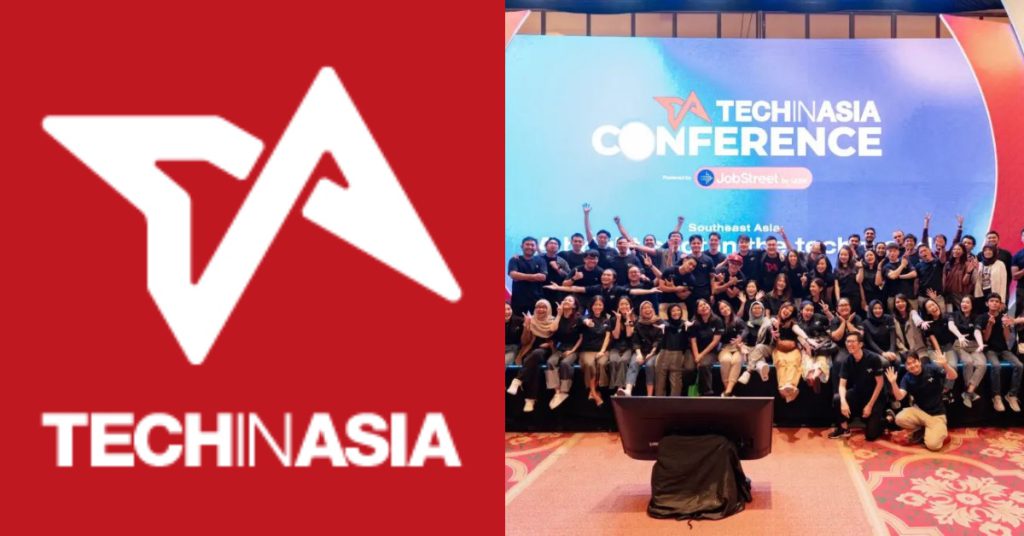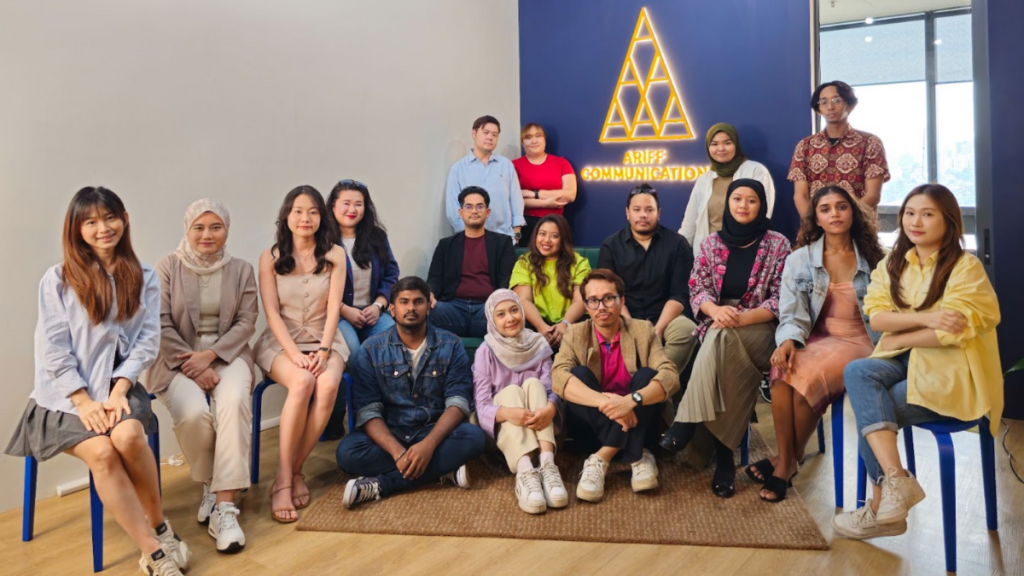Philip Cheang and Thomas Dy experienced how easy and hassle-free it was to commute and get around in other countries.
Whereas in the Philippines, public transit directions and signage are unclear and disorderly, making it confusing to commuters, even those who are locals in Manila.
So when they were given the chance, they created a way to address the problem.
“It was both a matter of personal experience, and seizing an opportunity that presented itself. A good number of us commute, experience the turmoil of public transport, and are passionate about various transport issues.”
Sakay.ph initially started out as a hackathon project by Thomas and Philip for the 2013 Philippine Transit App Challenge (PTAC).
It is a web service and app where people can search how to reach certain places in Metro Manila through the use of jeepneys, buses, and trains.

It’s like Google Maps or Waze, but is specifically designed for commuting.
Simply type in your current address in the route tab and the place you wanted to go into in the destination box.
“When the PTAC called for an app that could solve some of the country’s transport issues, we tried to target a topic that was realistic, easily-observable, and near to our hearts. Sakay.ph developed naturally from this combination of ideas.”
“From the outset, we had the feeling that it might help a lot of people, we just weren’t sure whether or not we’d be able to execute the idea well enough.”
They eventually won the PTAC, however, for a year they just kept the original version of the application open to the public while they focused on their client and main projects.
“We didn’t have the time or resources to flesh it out any further at the time. Despite that, people loved our app and kept talking about it, even though it was very bare-bones.”
After a while, it started being noticed by different media outlets which made them shift their full focus to it.
“We concluded that there was a real need for an app like Sakay.ph, and decided to dedicate our full effort to developing it further.”
Now, Sakay.ph had grown into 16 team members who specialize in fields like UI/UX design, software development, and transport science and analysis.
Before Sakay.ph

Sakay.ph, under parent company By Implication, was founded by Thomas and Philip together with three other friends.
They started it after winning Microsoft’s Imagine Cup, an international student technology competition.
They were fresh graduates and had long wanted to enter the software and gaming industry.
“As kids, we’ve always wanted to create our own apps and games, and went so far as to create a few simple projects throughout grade school, high school, and university, winning a few contests along the way.”
By Implication started as a software and game development firm, however, they eventually shifted to client-servicing work in order to fund their own projects.
“For most of the founders, it was our first business, and for some, our first job. We were young, and so we wanted to create our own games. It turns out that making money off games is hard.”
Their company then became known through several projects like a platform for indie comic books, a sales management app for SMEs, a government spending tracker site, and then Sakay.ph.
Challenges And Their Road To Success
All successful startup companies have stories of challenges to share.
And like the rest of us, Sakay.ph’s problem came from the ones we experience every day.
“The biggest problem is the fact that transport data is hard to find in the Philippines. The PTAC provided the core data set that we needed, but data for additional routes, updates and corrections have since been harder to access.”

Built based on the architectural design of the Spaniards during the Spanish colonization, streets around Manila are known for their narrow paths, which makes it hard to have all of the exact routes and traffic laws.
This problem pushed the team into making a more in-depth check on the strategies they must have in order to improve Sakay.ph.
“A lot of the work we’ve been doing recently on Sakay.ph has involved actually going out and getting the necessary traffic data ourselves, or building systems that will allow us to crowdsource information and corrections from our users,” he said.
Philip also mentioned another problem they encountered—the Philippine Transportation System.
The messy and chaotic transportation system of the Philippines also made it difficult to create a precise application
“This means that any app you make to make sense of it will need to be very flexible. There was a lot of engineering and duct-taping we had to do to get where we are.”
“These problems have taught us to stay flexible, and to always expect the unexpected, even when we’re in the city we call home.”
Despite being faced with these challenges, the team strived harder in order to give the Filipino community the help they need.
“The will to continue has to come from within. Each member of the Sakay.ph team wants to leave an impact, and help fix some of the problems that we deal with every day.”
“Of course, the kind comments and offers of help we receive from users don’t hurt. We’d continue working even without that kind of encouragement, but it certainly helps!” he said.
And unlike other teams, Philip said that the success of their company is not because of the app they created, but because of the team’s efforts.
“People like to glamorize the founders of a company, the original creators of the project, or a single genius programmer with a uniquely brilliant algorithm as the key to success.”
“The truth is, success is a team effort. The original version of the app, while useful and successful, could not have scaled up without the collective contributions of people across multiple disciplines, with different perspectives.”
Future Of Sakay.ph
They said that 2018 will be a year full of big changes and improvements such as redesign, rebranding, and partnerships for Sakay.ph.
“Philippines needs a multi-modal mindset, so we’re improving that experience: one scenario we imagine is perhaps taking the bus to the train station, then booking an Uber on your behalf so when you come down from the train the Uber is waiting for you.”
Further improvements when it comes to data collection and crowdsourcing efforts will also be implemented by the team.
“We’ll also be incorporating reports from news sites, social media, and official government feeds in near-real-time to improve the quality of our directions.”
Hopefully, within the next few years, Sakay.ph will not only be catering their services to places in Metro Manila, but also to other areas in the Philippines that are prone to traffic.
Featured Image Credit: Sakayph Team


